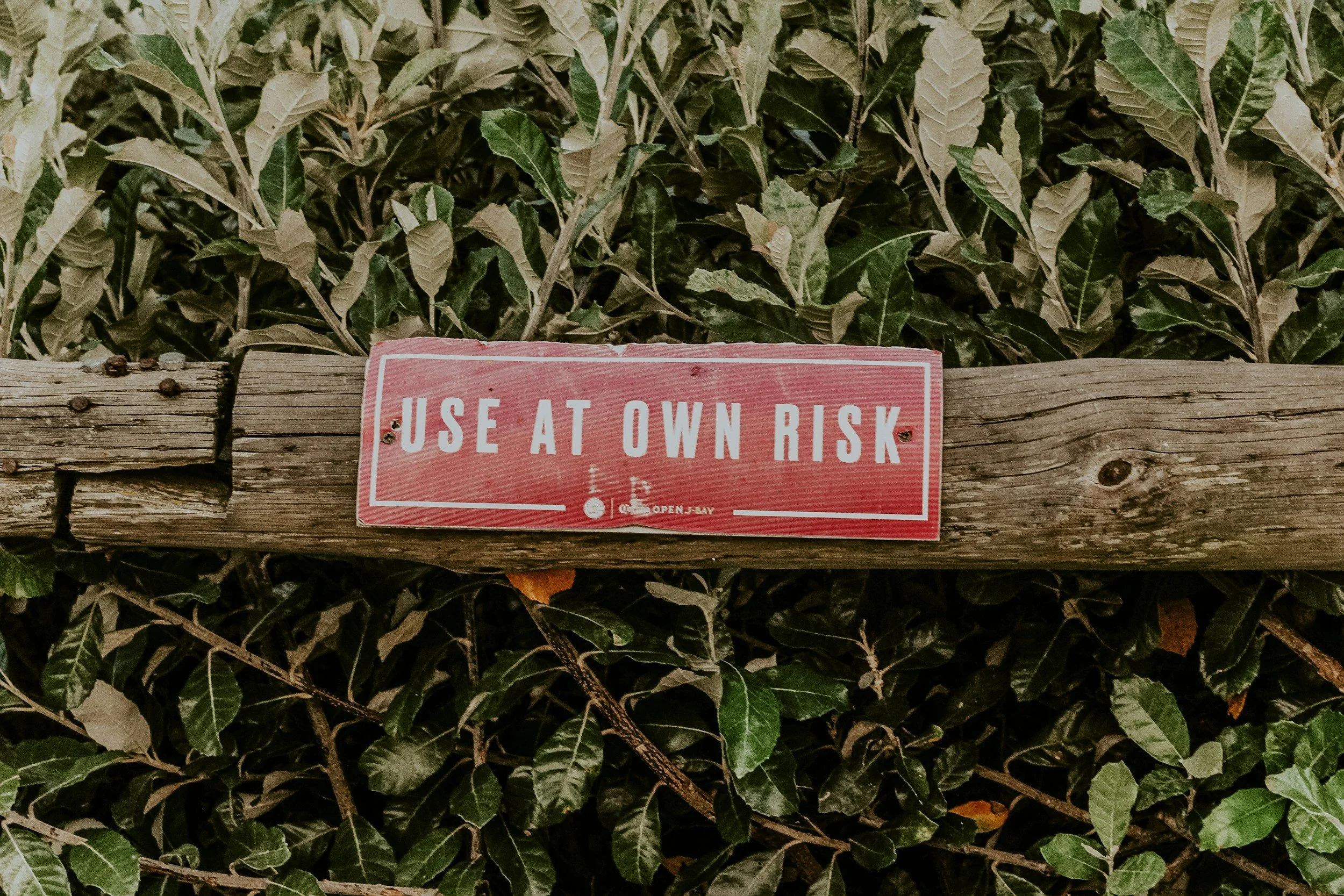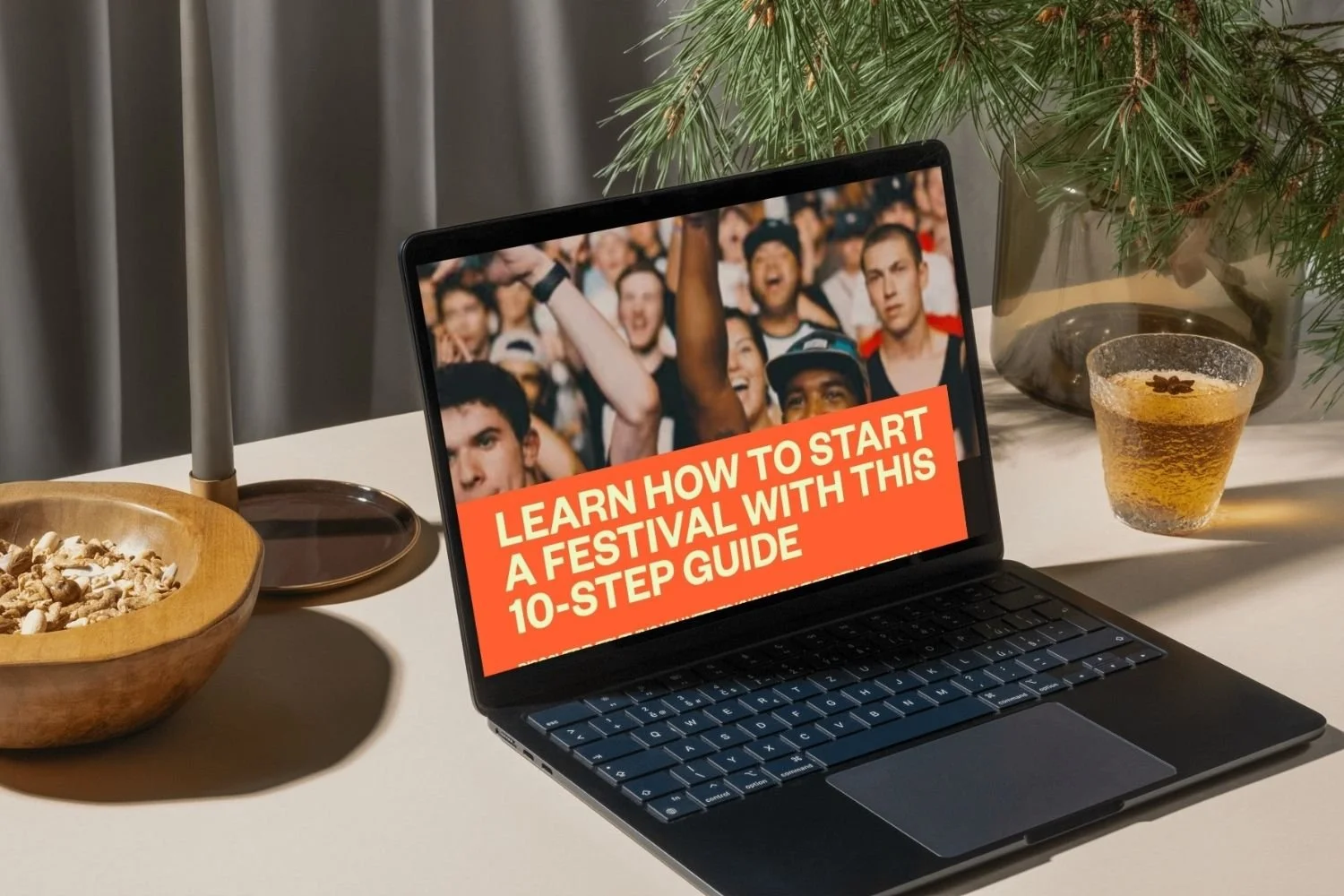Emergency Kit Essentials for Every Planner
No matter how well you plan, something always goes sideways on event day. A broken zip. A missing USB. A surprise thunderstorm. An MC who forgot their notes.
That’s where your emergency kit saves the day.
Every experienced planner has one — a go-bag, a tub, a toolkit filled with all the little things that don’t seem important until you really need them. This article gives you a checklist of essentials to pack (and a few pro tips you’ll wish someone told you sooner).
Why You Need an Emergency Kit
Here’s the reality: when things go wrong during an event, you often have minutes—not hours—to fix it. You don’t have time to run to the shops or call for backup. You need the tools, tape, or tech right there, right then.
An emergency kit:
Saves time in high-pressure moments
Prevents small problems becoming big ones
Shows professionalism and preparedness
Keeps you calm when others are spiralling
The best kits are tailored to your event type, but there’s a core list that works almost anywhere.
Core Essentials: The Non-Negotiables
🧰 Tools & Fixes
Gaffer tape (black and white)
Cable ties (various sizes)
Scissors and utility knife
Zip lock bags and rubber bands
Velcro strips
Screwdriver (multi-bit)
Safety pins
Blu-Tack
Super glue
🔌 Tech & Power
Spare USB drives
Chargers (iPhone, Android, USB-C)
Powerboard and extension cord
Adapter plugs
Batteries (AA, AAA, 9V)
Portable phone charger or power bank
✍️ Stationery & Admin
Sharpies and permanent markers
Pens and highlighters
Clipboard
Printed versions of your run sheet, site plan, contacts
Spare name tags or lanyards
Blank A4 paper or notebooks
Post-it notes
🩹 Personal & Safety
First aid kit
Sunscreen
Hand sanitiser
Wet wipes and tissues
Painkillers (e.g. paracetamol)
Feminine hygiene products
Bandaids and antiseptic wipes
Safety vests and whistle
Poncho or rain jacket
🧃 Comfort & Backup
Snacks (non-perishable)
Electrolyte sachets
Reusable water bottle
Sewing kit
Breath mints
Extra socks
Small towel or cloth
Deodorant
Pro Tips from the Field
Use a toolbox or tub with compartments so things don’t get lost.
Repack and restock after every event.
Keep a digital copy of key documents on a USB and your phone.
Store your kit with your hi-vis vest so it never gets left behind.
Have a mini version you carry on you at all times during the event.
Adapt for Your Event Type
Different events = different needs.
Outdoor festivals: add insect repellent, shade cloth, spare pegs
Conferences: add HDMI cables, clickers, spare presenter slides
Brand activations: add display hooks, extra signage tape, wipes
Weddings: add fashion tape, breath mints, sewing kit, tissues
Final Thoughts
Your emergency kit won’t solve every problem, but it’ll solve enough to keep things running when pressure is high.
It’s one of the easiest ways to level up your professionalism, reduce stress, and handle curveballs like a pro.
You Might Also Like
Meet Your Mentor
Hey! I’m Rachella — founder of Event Kit and an Event Consultant with 25+ years of experience running world-class festivals and public events. I created Event Kit because I knew there had to be a smarter, less overwhelming way to plan pro-level events.
EVENT KIT LIBRARY
Guides & Tutorials: Expert Insights & Event Planning Inspiration
Your go-to for practical event planning advice, from beginner basics to smart professional development.














